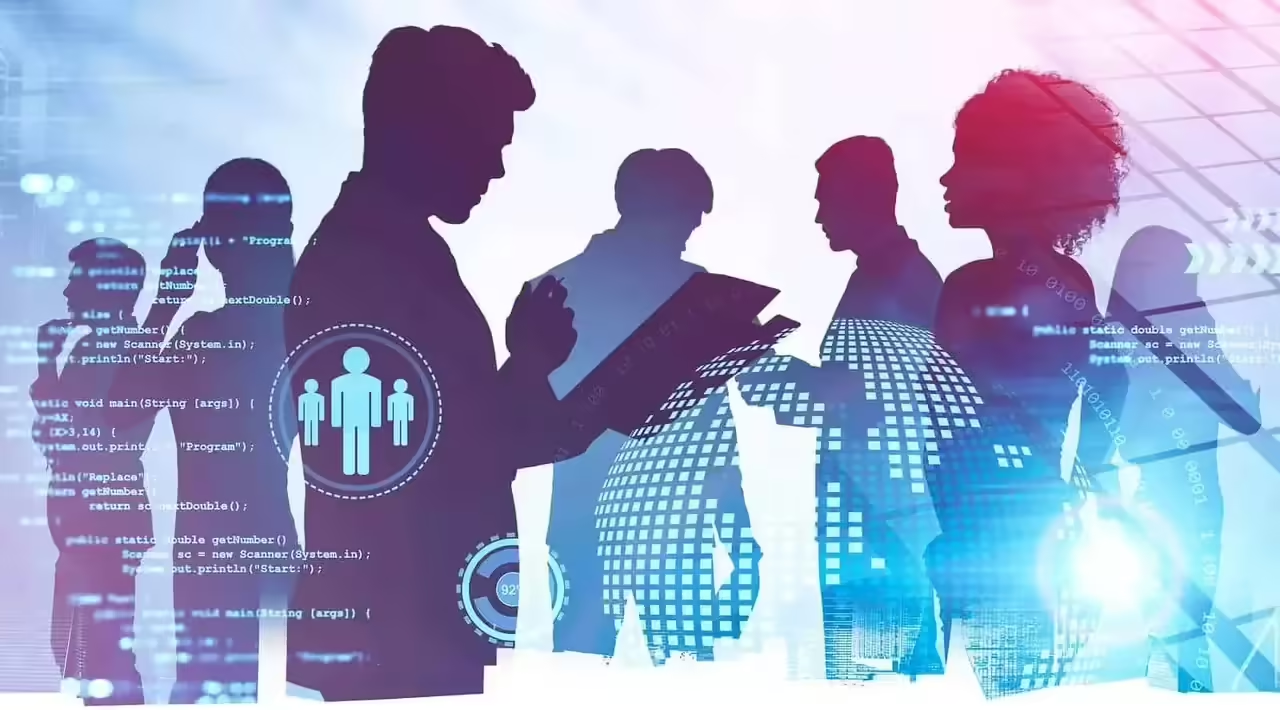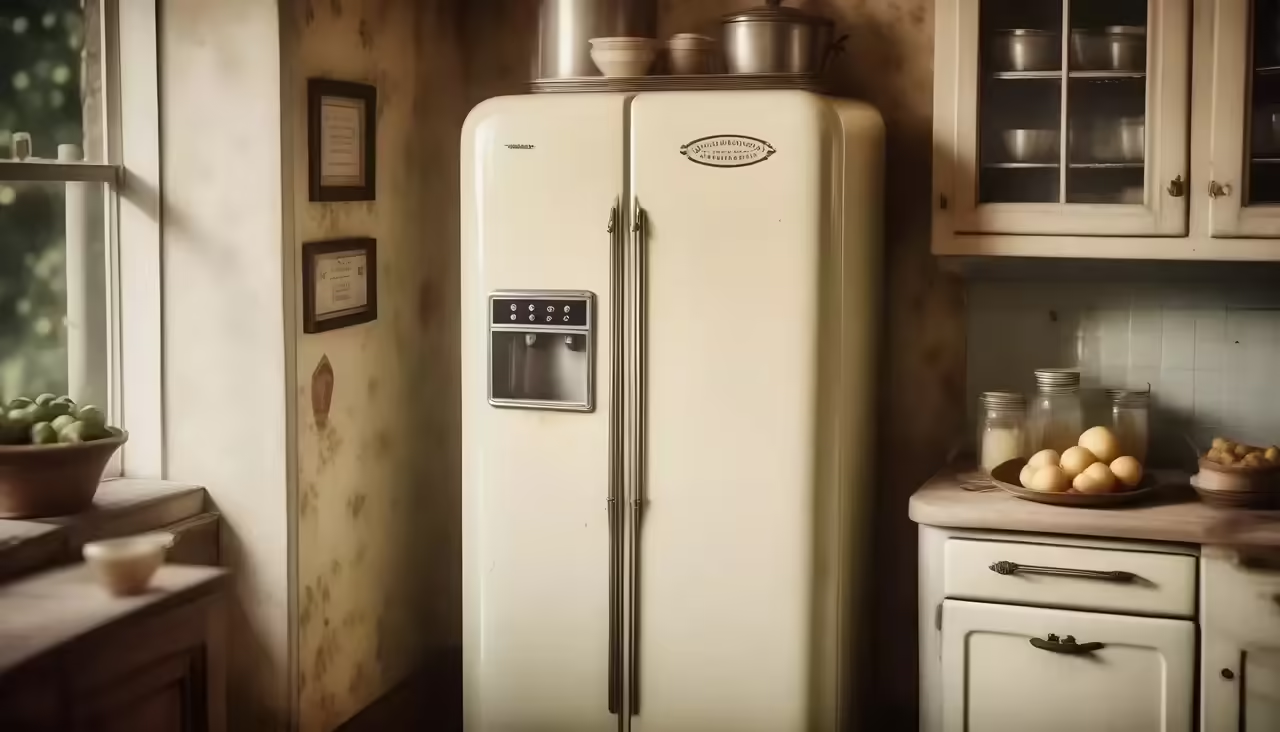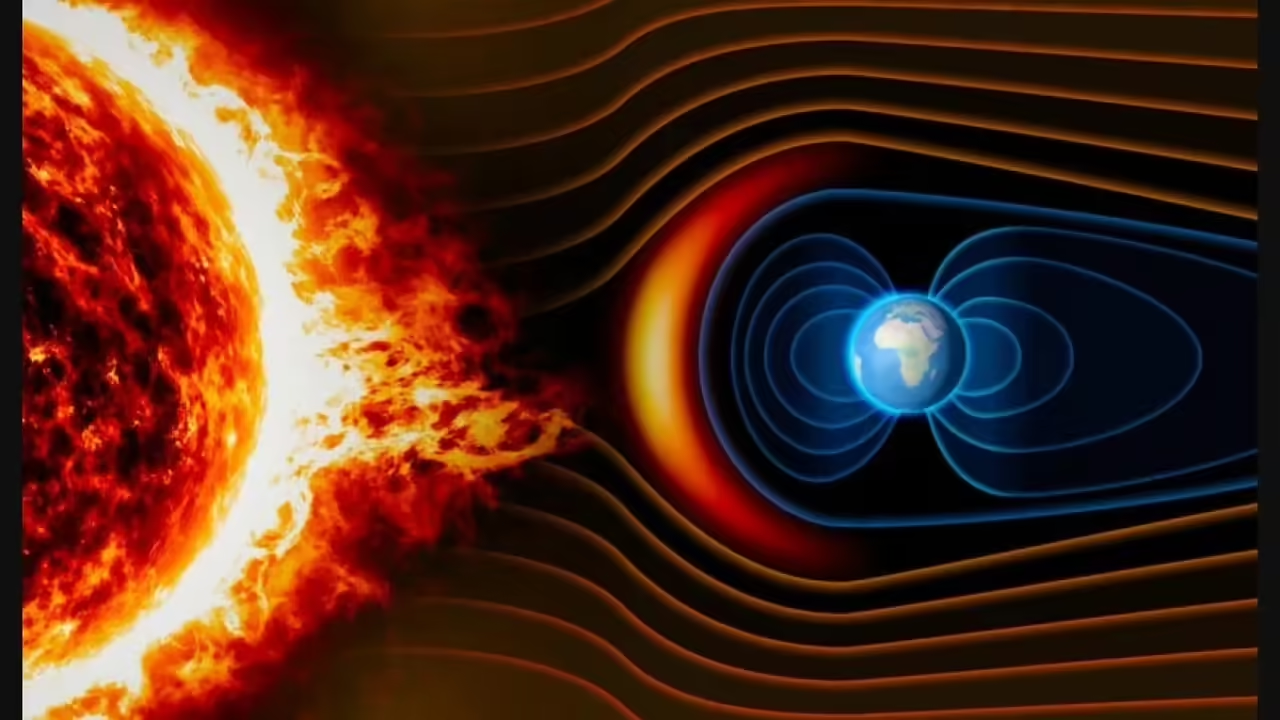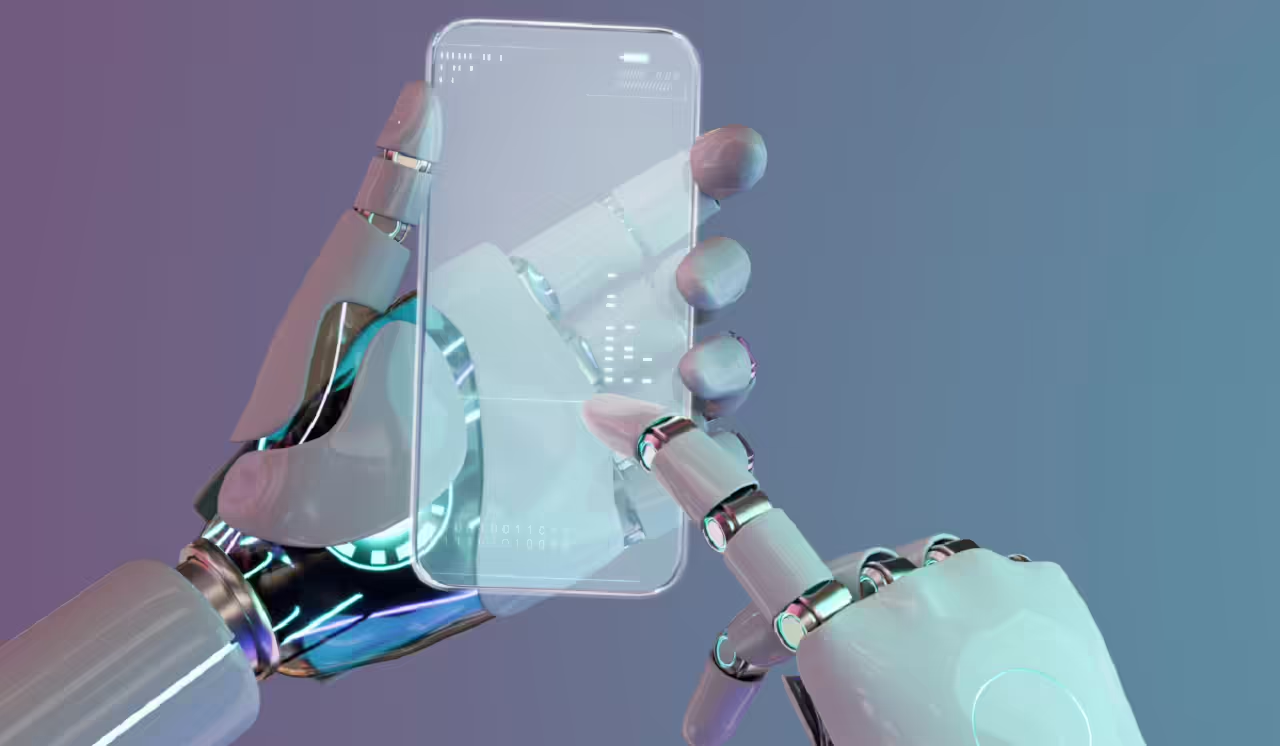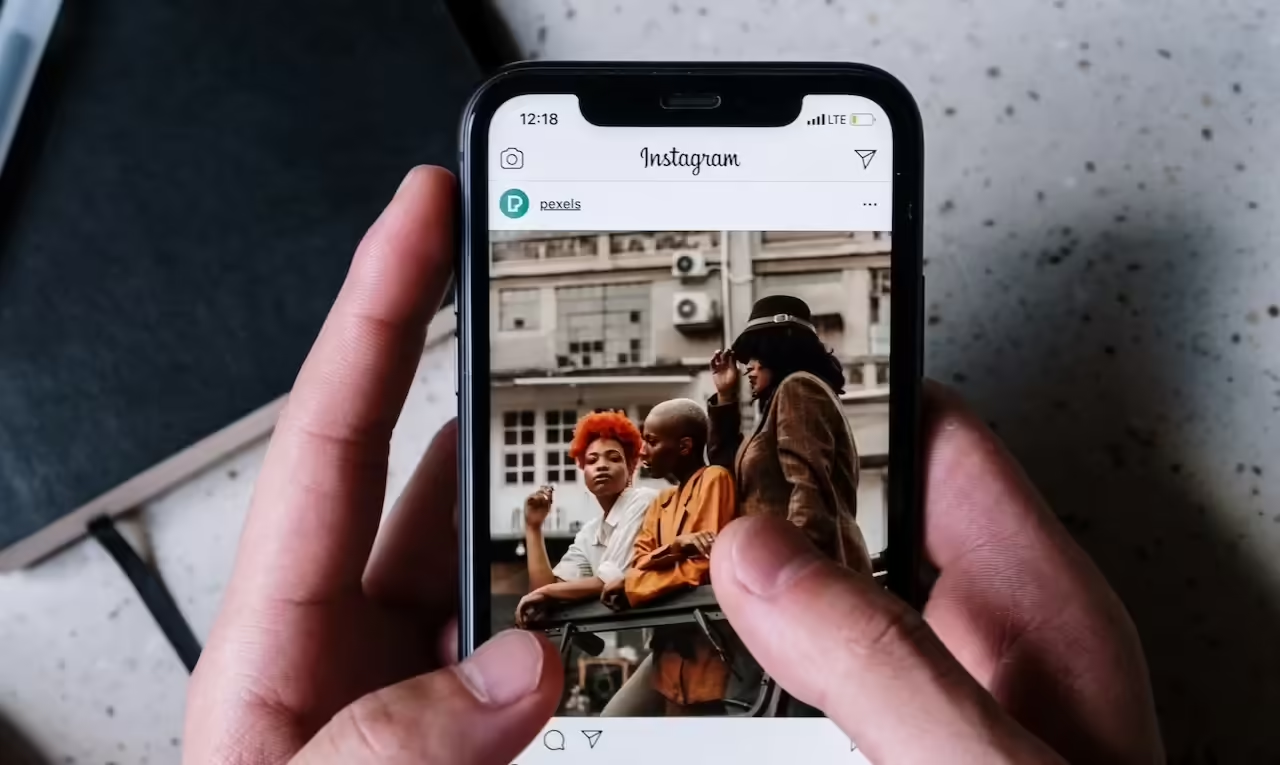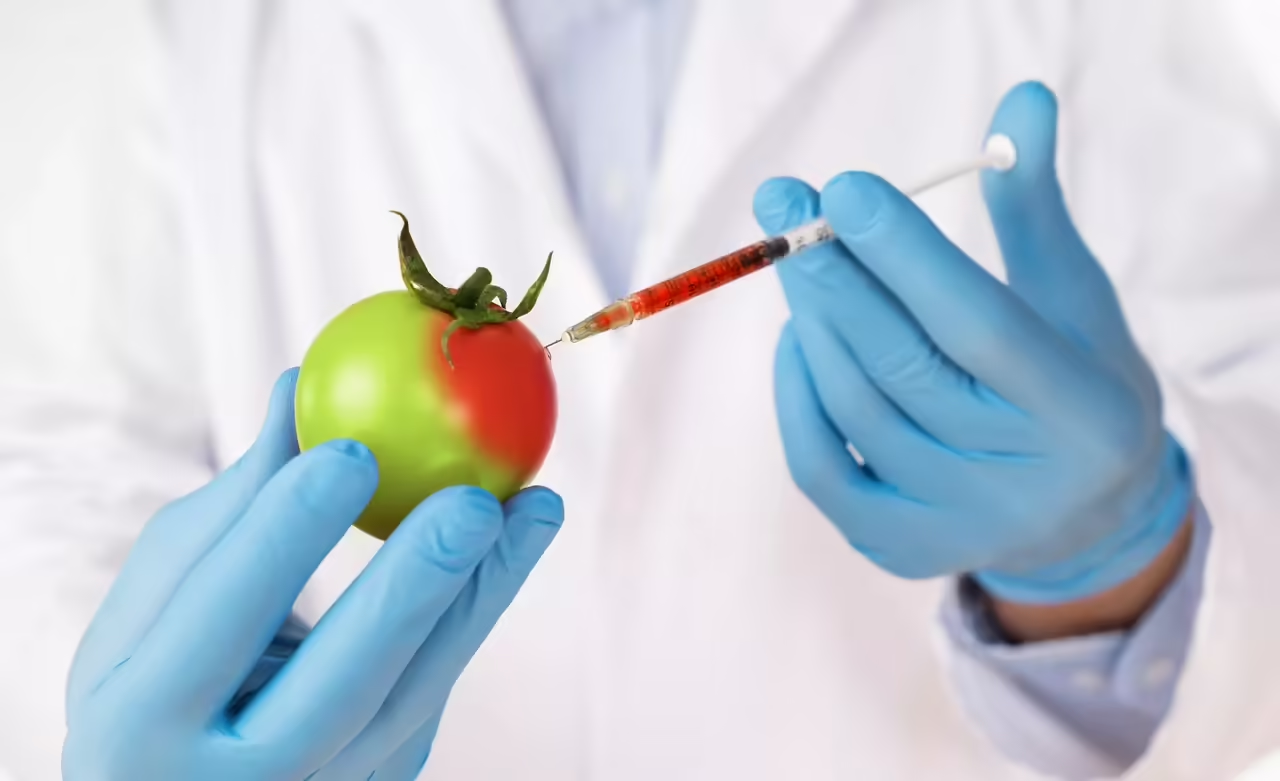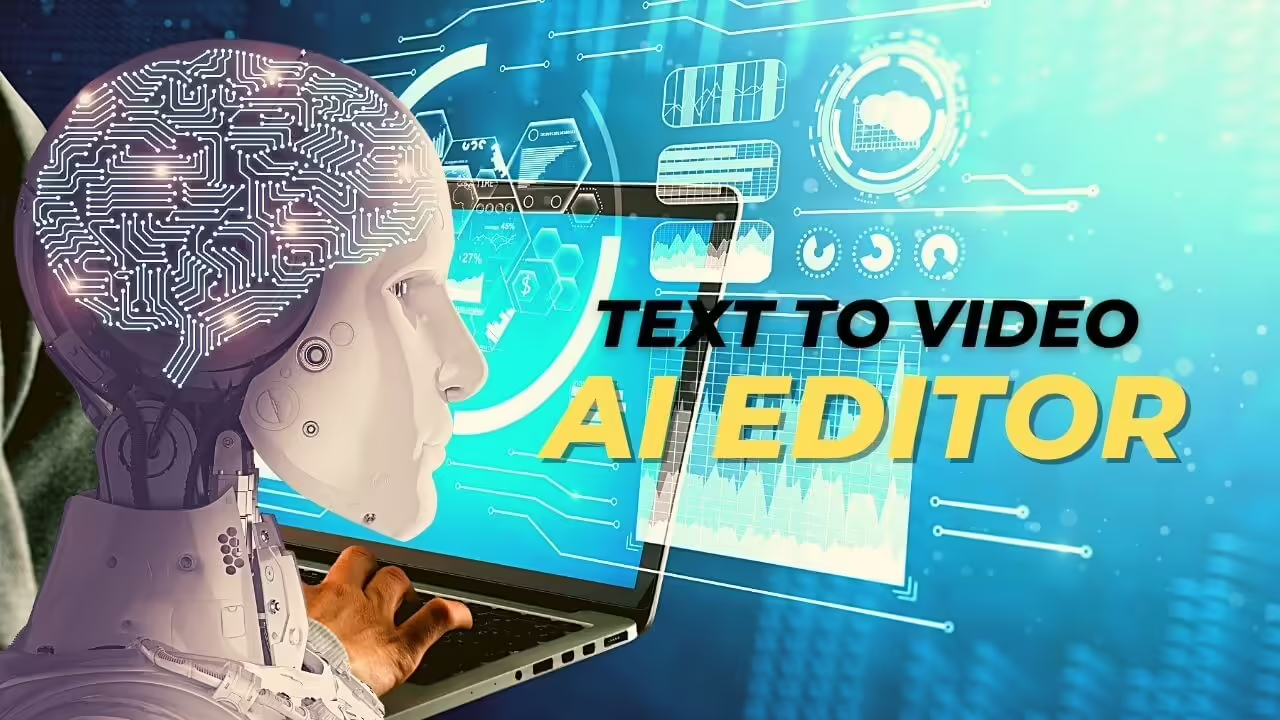
AI in Video Creation
Artificial intelligence (AI) has revolutionized various industries, and video creation is no exception. AI, a branch of computer science that aims to create systems capable of performing tasks that typically require human intelligence, such as voice recognition, decision-making, and natural language processing, is transforming the way we conceive and produce audiovisual content.
Artificial intelligence refers to a machine’s ability to mimic cognitive functions that humans associate with other human minds, such as learning and problem-solving. There are several subfields within AI, including machine learning, natural language processing (NLP), and computer vision. These technologies enable machines to analyze data, learn from it, and make decisions or take actions autonomously.
The application of AI in video creation is an emerging and promising field. One of the most fascinating areas is the generation of realistic videos from text. This involves using advanced algorithms to convert textual descriptions into coherent and convincing visual sequences. Here are some of the most relevant techniques and technologies in this area:
Generation of Videos from Text
The generation of videos from text uses natural language processing techniques and AI generative models, such as deep neural networks, to interpret textual descriptions and create videos that correspond to those descriptions. This process generally involves several steps:
- Text Analysis: The system analyzes and understands the provided text, identifying key elements, actions, and contexts described.
- Creation of the Visual Script: Based on the text analysis, the system generates a visual script that includes the necessary scenes, characters, and movements.
- Video Generation: Finally, the system uses generative models to create the required images and animations, assembling everything into a coherent video.
Generative Models
Generative models, such as Generative Adversarial Networks (GANs) and Transformers, play a crucial role in this process. GANs, for example, consist of two neural networks that compete against each other: a generative network that creates content and a discriminative network that evaluates the authenticity of the generated content. This continuous competition improves the quality of the produced videos.
Applications and Benefits
The applications of text-to-video generation are vast and varied. Some of the most notable benefits include:
- Content Automation: Marketing and media companies can automate the creation of promotional and educational videos, reducing costs and production times.
- Accessibility: Facilitates the creation of content in multiple languages and formats, making information more accessible to a global audience.
- Personalization: Allows for large-scale creation of personalized content, adapting to the individual interests and needs of users.
Challenges and Ethical Considerations
Despite its advantages, the application of AI in video creation presents significant challenges. The quality and realism of the generated videos can still be limited, especially in complex scenarios or with ambiguous descriptions. Additionally, there are ethical considerations related to the authenticity and use of AI-generated videos, such as the potential creation of deepfakes, which can be used for misinformation or manipulation.
Evolution of AI in Visual Content Production
Artificial intelligence (AI) has come a long way in the field of visual content production, from its early rudimentary applications to today’s advanced techniques. This historical journey allows us to appreciate how technology has transformed the way we create and consume videos and other visual media.
Early AI in Visual Production 1950s to 1970s: Early Experiments
AI began to develop in the 1950s, but its application in visual content production was limited due to a lack of computational power and sophisticated algorithms. In these early years, AI was primarily used in the field of computer vision, where researchers attempted to teach machines to recognize simple patterns and shapes in static images.
1980s to 1990s: Early Algorithms and Computer Graphics
During the 1980s and 1990s, significant advances were made in computer graphics and image processing algorithms. AI began to be used for more complex tasks, such as object recognition and basic animation. In this period, the first 3D rendering and modeling techniques were developed, allowing for the creation of more realistic and detailed graphics.
The Machine Learning Revolution 2000s: Machine Learning and Big Data
The true turning point in the application of AI to visual content production came with the era of machine learning and big data in the 2000s. Advances in processing capacity and the increase in available data allowed the development of more sophisticated machine learning algorithms. Deep learning techniques began to emerge, enabling machines to learn and improve in specific tasks by analyzing large datasets.
2010s: Convolutional Neural Networks and GANs
In the 2010s, convolutional neural networks (CNNs) revolutionized the field of computer vision, significantly improving the ability of machines to analyze and understand images and videos. CNNs were used in applications such as object detection, image segmentation, and facial recognition.
At the same time, Generative Adversarial Networks (GANs) were introduced, allowing for the creation of extremely realistic synthetic images and videos. GANs consist of two competing neural networks: a generative network that creates content and a discriminative network that evaluates the authenticity of the generated content. This continuous competition improves the quality of the produced content.
Modern and Future AI Applications 2020s: Content Generation and Deepfakes In the 2020s, AI has become an essential tool in visual content production. Applications include:
- Generation of Videos from Text: Using NLP models and GANs, AI can convert textual descriptions into realistic videos. This technology is used in marketing, education, and entertainment.
- Deepfakes: GANs have enabled the creation of deepfakes, videos where people’s faces and voices are replaced by others. Although this technology poses ethical challenges, it also has legitimate applications in film and special effects.
- Animation and Visual Effects: AI facilitates the creation of animations and visual effects, significantly reducing production time and costs in the film industry.
Future: Augmented and Virtual Reality
The future of AI in visual content production promises to be even more exciting with the advancement of augmented reality (AR) and virtual reality (VR). AI will enable the creation of immersive and personalized experiences, enhancing user interaction and engagement in virtual environments.
How AI Works to Generate Videos from Text
The generation of videos from text is an advanced application of artificial intelligence (AI) that combines various technologies and techniques from natural language processing (NLP), computer vision, and deep learning. Below is a detailed explanation of how these technologies work to convert textual descriptions into realistic videos.
Natural Language Processing (NLP)
The first step in generating videos from text is to understand and analyze the provided text. This is achieved using natural language processing (NLP) techniques, which allow machines to interpret and extract relevant information from the text.
- Text Analysis
- Tokenization: The text is divided into individual words or phrases, called tokens.
- Part-of-Speech Tagging (POS Tagging): Each token is tagged according to its grammatical category (noun, verb, adjective, etc.).
- Syntactic Analysis: Syntactic trees are constructed to understand the grammatical structure of the text.
- Semantic Analysis: The meaning of the words and phrases is extracted, and key entities and relationships in the text are identified.
Language Models
Advanced language models, such as GPT-4 and BERT, are used to understand the context and meaning of the text. These models can generate rich semantic representations that are essential for the next stage.
Generation of the Visual Script
Once the text has been analyzed and understood, a visual script is created that describes the necessary scenes, characters, and actions. This visual script acts as a blueprint for generating the video.
- Entity and Relationship Extraction: The system identifies entities (characters, objects, places) and the relationships between them (actions, positions, interactions) from the semantic analysis of the text.
- Creation of Scenarios and Characters: Detailed descriptions of scenarios and characters are generated. For example, “a man running in a park” is broken down into elements like “man,” “running,” and “park.”
Generative Models and Neural Networks
The generation of the video itself is performed using generative models, such as convolutional neural networks (CNNs) and Generative Adversarial Networks (GANs).
- Convolutional Neural Networks (CNNs)
- CNNs are used for computer vision tasks, such as image generation and visual feature identification. In the context of video generation, CNNs can help create individual frames that are then assembled into a coherent video.
- Generative Adversarial Networks (GANs)
- GANs play a crucial role in creating realistic images and videos. They consist of two competing neural networks:
- Generator: Creates images or video frames from textual descriptions.
- Discriminator: Evaluates the generated images and determines if they are realistic or not.
- GANs play a crucial role in creating realistic images and videos. They consist of two competing neural networks:
Assembly and Animation
After generating the individual frames, the system assembles them into a coherent sequence. Interpolation and animation techniques are applied to ensure smooth transitions and natural movements.
- Temporal Interpolation: Temporal interpolation is used to generate intermediate frames that smooth transitions between key frames, creating a more fluid animation.
- Rendering Techniques: Rendering techniques are applied to enhance the visual quality of the video, adding details such as shadows, reflections, and textures.
Refinement and Editing
Finally, the generated video goes through a process of refinement and editing to correct any imperfections and adjust specific details as needed.
- Post-Production: In the post-production stage, visual effects can be added, lighting and color adjusted, and audio synchronized with the images.
- Verification and Validation: A final verification is performed to ensure that the video meets the initial specifications and expectations.
Key Tools and Platforms for AI Video Generation
The generation of videos from text has been made possible by a variety of advanced tools and platforms that combine artificial intelligence, natural language processing, and computer vision technologies. Below are some of the most prominent tools and platforms leading this technological revolution.
Highlighted Tools and Platforms
- Runway ML
- Description: Runway ML is a platform that provides accessible AI tools for creatives and design professionals. It offers a variety of pre-trained models that can be used for video generation, image creation, and other visual effects.
- Features:
- Pre-trained models for image and video generation.
- User-friendly interface.
- Integration with popular video and graphics editing tools like Adobe After Effects.
- Applications:
- Generation of videos from textual descriptions.
- Application of visual effects and filters to existing videos.
- Rapid prototyping and creative experimentation.
- Synthesia
- Description: Synthesia is a platform specializing in creating videos from text using AI-generated avatars. It is widely used in marketing, education, and corporate communications to generate personalized and scalable video content.
- Features:
- Generation of videos with realistic avatars that can speak in multiple languages.
- Customization of avatar content and appearance.
- Integration with learning and marketing platforms.
- Applications:
- Creation of educational and tutorial videos.
- Personalized marketing videos.
- Corporate and HR communications.
- DeepBrain
- Description: DeepBrain uses neural networks and deep learning models to generate realistic videos from text. It is known for its ability to create high-quality deepfakes and for its use in film and television production.
- Features:
- High-fidelity text-to-video generation.
- Deepfake technology for creating convincing videos.
- Integrated editing and post-production tools.
- Applications:
- Creation of special effects and animations in film and television.
- Generation of marketing and advertising content.
- Production of personalized videos for social media.
- Pictory
- Description: Pictory is an AI platform designed to transform textual content into videos quickly and easily. It uses advanced natural language processing models to interpret text and generate engaging videos.
- Features:
- Automatic transformation of blogs, articles, and scripts into videos.
- Extensive library of visual and audio resources.
- Video editing and customization tools.
- Applications:
- Creation of video content for blogs and social media.
- Educational and training videos.
- Content marketing and lead generation.
- Google DeepDream
- Description: Although not specifically designed for text-to-video generation, Google DeepDream is a powerful tool for creating psychedelic and artistic visual effects. It uses convolutional neural networks to transform images and videos.
- Features:
- Generation of unique and artistic visual effects.
- Ability to work with existing images and videos.
- Large user community and support.
- Applications:
- Creation of artistic and experimental visual content.
- Application of filters and effects to videos and photographs.
- Creative and research projects in digital art.
- OpenAI’s GPT-4
- Description: OpenAI’s GPT-4 is an advanced natural language processing model that can be used in combination with other video generation technologies. Although GPT-4 does not directly generate videos, its ability to understand and generate text makes it ideal for creating detailed scripts and descriptions that can then be converted into videos by other tools.
- Features:
- Coherent and contextual text generation.
- Advanced understanding of natural language.
- Ability to integrate with video generation platforms.
- Applications:
- Creation of scripts and descriptions for videos.
- Generation of textual content for visual narratives.
- Automation of informative and educational video production.
